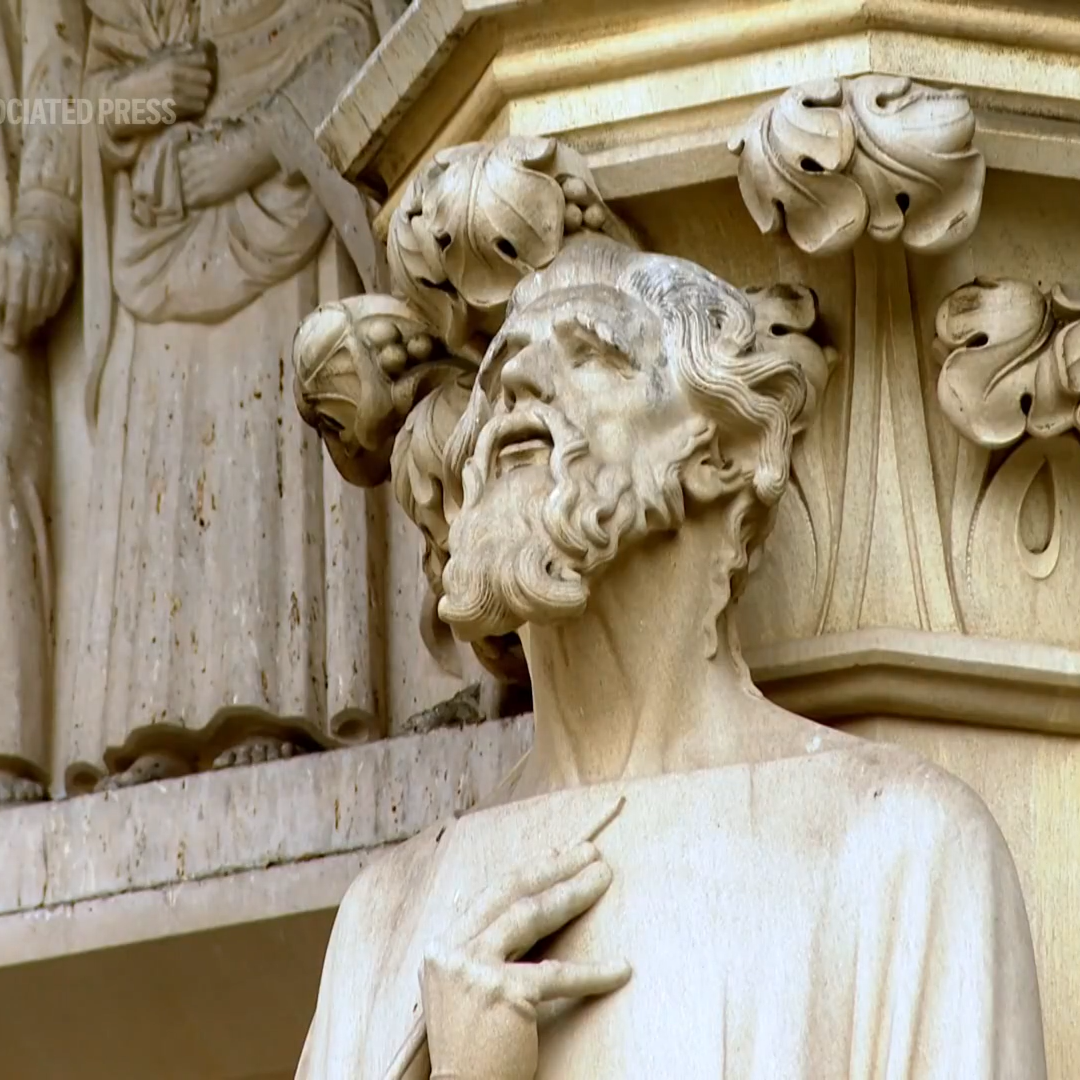Is landmarking a shield or a sword in the fight against overdevelopment?
By Ben Adler
Among urbanists in America, the advent of landmark-preservation laws in the 1960s is usually viewed as an inspiring time in urban planning: Concerned communities, academics, and fans of architecture banded together to protect beloved old buildings from the grand plans of rich developers and powerful politicians. And, remarkably enough, the Davids usually defeated the Goliaths. But have they acquired too much power? So say a growing contingent of critics who believe preservation has gotten out of hand. They include left-leaning economic policy wonks, architects, and architectural critics.
Landmarking is under attack on two fronts: architectural and economic. Critics in the first category are not opposed to landmarking, but worry that architecturally undistinguished buildings and neighborhoods are winning landmark status for political or sentimental reasons. The result, they say, is a public that embraces architectural nostalgia rather than innovation. At the same time, some economists and policy experts maintain that cities are limiting their economic potential by constraining the supply of new housing and commercial development through too much landmarking. The outcome: Most desirable cities are too expensive for middle-class families.
This past year, Harvard economist Ed Glaeser, in his book Triumph of the City, attacked landmarking, along with such restrictions as zoning that limits density or requires parking lots. Glaeser points to the case of a proposed 30-story addition, designed by Norman Foster, at 980 Madison Avenue on Manhattan’s Upper East Side, that was rejected by the Landmarks Preservation Commission even though it would have kept the original 1950 limestone gallery building as well. “The cost of restricted development is that protected areas become more expensive and exclusive,” writes Glaeser. Legions of urban policy bloggers around the country agree.
The aesthetic critique of landmarking is also gaining currency. Rem Koolhaas mounted an exhibition at New York’s New Museum last spring that was a broadside against landmarking. “[Koolhaas] paints a picture of an army of well-meaning but clueless preservationists who, in their zeal to protect the world’s architectural legacies, end up debasing them by creating tasteful scenery for docile consumers while airbrushing out the most difficult chapters of history,” reported the New York Times.
These issues may be most extreme in New York, where the razing of McKim, Mead & White’s Pennsylvania Station in 1963 still stings. But similar controversies have erupted in older cities across the country. What the Washington City Paper calls “the weaponization of preservation” includes the efforts of the Tenleytown Historical Society to prevent American University from expanding its campus by pushing landmark status for an entire block to protect the fairly banal 1904 Immaculata Seminary.
In Boston, tradition often trumps the new. “The South End is very restrictive about what you can do to your buildings, in many cases with very good reason,” says architect and preservation expert David Fixler. Yet people can be prevented from making changes just “to keep things the way they are.” Sometimes officials require new construction be designed in an architecturally contextual manner, even when the building is an inherently modern structure. In San Francisco, on the other hand, the Historic Preservation Commission has responded to criticism that Modernism is underappreciated by seeking protection of such undistinguished modern buildings as the 1959 North Beach Branch Library.
Critics and defenders of landmarking tend to agree on one key point: that the drive to landmark buildings of questionable significance is caused by a larger problem of communities feeling powerless to stop unwanted development. “Preservation has become an all-functioning tool for all sorts of operations,” says Sarah Williams Goldhagen, architecture critic for The New Republic. “It’s being used to prevent or to determine the direction of development because city planners are so disempowered, rather than because these buildings or districts are by any objective standards worth preserving.”
Yet preserving historic buildings is important for cultural and even economic reasons. In the 1980s, New York City theater owners near Times Square were tempted to sell their buildings to developers who would put up office towers in their place. An economist like Glaeser might applaud such market efficiency. But New York’s historic theaters are part of the city’s identity.
When the city landmarked the theaters, it allowed owners to sell development rights to adjacent parcels. Today, Times Square has tall office buildings as well as a vibrant theater district. “Tens of millions of dollars go into Broadway, and it’s a major economic engine for the city,” notes Simeon Bankoff of New York’s Historic Districts Council. “They’re only there because they’re landmarked.”
Preservationists believe that central cities are economically successful because of landmark laws, not in spite of then. What Glaeser and others fail to appreciate is that there is excess demand to live in Manhattan or San Francisco precisely because of the architectural quality of the built environment.
Ben Adler is a contributing writer for The Nation.



